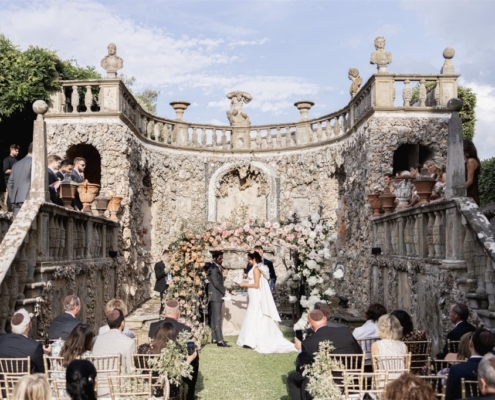 https://vb-events.com/wp-content/uploads/2025/01/How-to-Get-Married-in-Italy.jpg
682
1024
VB Events
https://vb-events.com/wp-content/uploads/2025/02/vb-pink.png
VB Events2025-01-20 14:23:072025-05-05 10:15:11How to Get Married in Italy – A Complete Guide
https://vb-events.com/wp-content/uploads/2025/01/How-to-Get-Married-in-Italy.jpg
682
1024
VB Events
https://vb-events.com/wp-content/uploads/2025/02/vb-pink.png
VB Events2025-01-20 14:23:072025-05-05 10:15:11How to Get Married in Italy – A Complete GuideItalian Wedding Inspiration & Insights
Explore expert tips, trend insights, and breathtaking ideas to inspire your perfect, unforgettable luxury Italian wedding celebration.
 https://vb-events.com/wp-content/uploads/2025/01/How-to-Get-Married-in-Italy.jpg
682
1024
VB Events
https://vb-events.com/wp-content/uploads/2025/02/vb-pink.png
VB Events2025-01-20 14:23:072025-05-05 10:15:11How to Get Married in Italy – A Complete Guide
https://vb-events.com/wp-content/uploads/2025/01/How-to-Get-Married-in-Italy.jpg
682
1024
VB Events
https://vb-events.com/wp-content/uploads/2025/02/vb-pink.png
VB Events2025-01-20 14:23:072025-05-05 10:15:11How to Get Married in Italy – A Complete Guide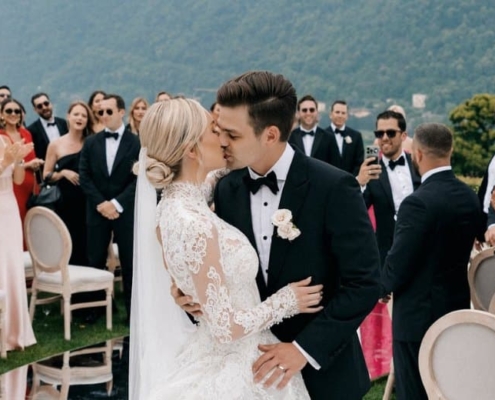 https://vb-events.com/wp-content/uploads/2024/12/lake-como-wedding-when-to-say-i-do-1.jpg
520
910
VB Events
https://vb-events.com/wp-content/uploads/2025/02/vb-pink.png
VB Events2024-12-23 14:48:242025-05-05 10:15:11Best Places to Get Married in Italy – 6 Top Destinations
https://vb-events.com/wp-content/uploads/2024/12/lake-como-wedding-when-to-say-i-do-1.jpg
520
910
VB Events
https://vb-events.com/wp-content/uploads/2025/02/vb-pink.png
VB Events2024-12-23 14:48:242025-05-05 10:15:11Best Places to Get Married in Italy – 6 Top Destinations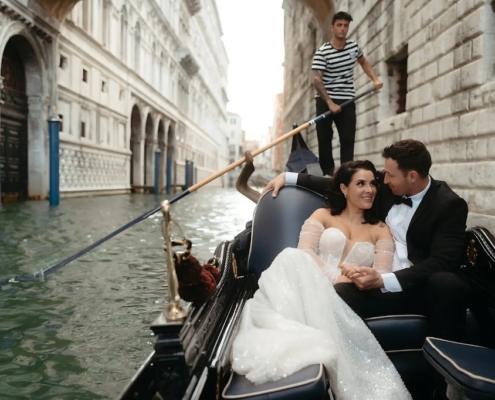 https://vb-events.com/wp-content/uploads/2024/12/Getting-Married-in-Italy-1.jpg
682
1024
VB Events
https://vb-events.com/wp-content/uploads/2025/02/vb-pink.png
VB Events2024-12-20 14:56:482025-05-05 10:15:12Getting Married in Italy – Complete Guide to Your Dream Wedding
https://vb-events.com/wp-content/uploads/2024/12/Getting-Married-in-Italy-1.jpg
682
1024
VB Events
https://vb-events.com/wp-content/uploads/2025/02/vb-pink.png
VB Events2024-12-20 14:56:482025-05-05 10:15:12Getting Married in Italy – Complete Guide to Your Dream Wedding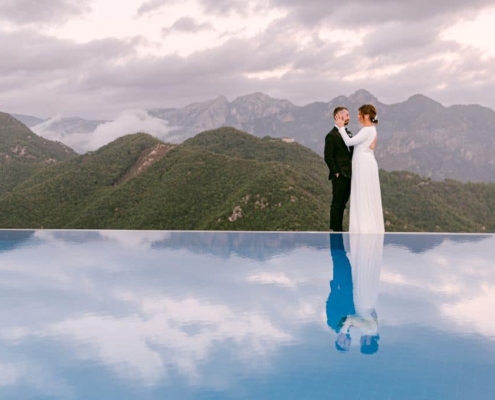 https://vb-events.com/wp-content/uploads/2024/12/Amalfi-Coast-Wedding-1-2.jpg
682
1024
VB Events
https://vb-events.com/wp-content/uploads/2025/02/vb-pink.png
VB Events2024-12-12 08:48:052025-05-05 10:15:12Amalfi Coast Wedding – 10 Iconic Venues for Your Ceremony
https://vb-events.com/wp-content/uploads/2024/12/Amalfi-Coast-Wedding-1-2.jpg
682
1024
VB Events
https://vb-events.com/wp-content/uploads/2025/02/vb-pink.png
VB Events2024-12-12 08:48:052025-05-05 10:15:12Amalfi Coast Wedding – 10 Iconic Venues for Your Ceremony https://vb-events.com/wp-content/uploads/2024/11/Lake-Como-Wedding-1.jpg
682
1024
VB Events
https://vb-events.com/wp-content/uploads/2025/02/vb-pink.png
VB Events2024-11-29 14:24:152025-05-05 10:15:12Lake Como Wedding – The Pinnacle of Romance and Luxury
https://vb-events.com/wp-content/uploads/2024/11/Lake-Como-Wedding-1.jpg
682
1024
VB Events
https://vb-events.com/wp-content/uploads/2025/02/vb-pink.png
VB Events2024-11-29 14:24:152025-05-05 10:15:12Lake Como Wedding – The Pinnacle of Romance and Luxury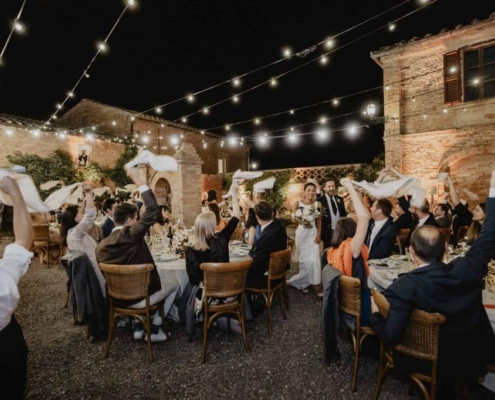 https://vb-events.com/wp-content/uploads/2024/11/Italian-Wedding-Traditions-1.jpg
682
1024
VB Events
https://vb-events.com/wp-content/uploads/2025/02/vb-pink.png
VB Events2024-11-25 13:15:002025-05-05 10:15:12Italian Wedding Traditions – Timeless Inspiration for 2024
https://vb-events.com/wp-content/uploads/2024/11/Italian-Wedding-Traditions-1.jpg
682
1024
VB Events
https://vb-events.com/wp-content/uploads/2025/02/vb-pink.png
VB Events2024-11-25 13:15:002025-05-05 10:15:12Italian Wedding Traditions – Timeless Inspiration for 2024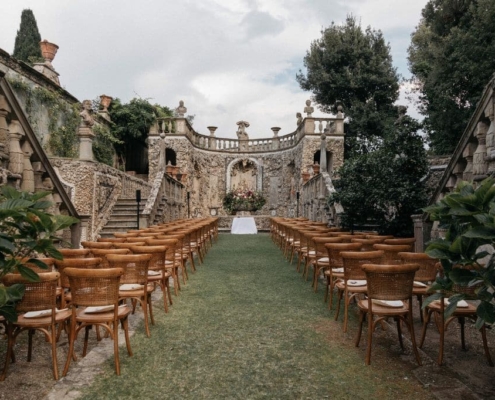 https://vb-events.com/wp-content/uploads/2024/11/Can-you-Get-Married-in-Italy-if-you-are-from-the-UK.jpg
682
1024
VB Events
https://vb-events.com/wp-content/uploads/2025/02/vb-pink.png
VB Events2024-11-14 18:27:302025-05-05 10:15:12Can you Get Married in Italy if you are from the UK?
https://vb-events.com/wp-content/uploads/2024/11/Can-you-Get-Married-in-Italy-if-you-are-from-the-UK.jpg
682
1024
VB Events
https://vb-events.com/wp-content/uploads/2025/02/vb-pink.png
VB Events2024-11-14 18:27:302025-05-05 10:15:12Can you Get Married in Italy if you are from the UK?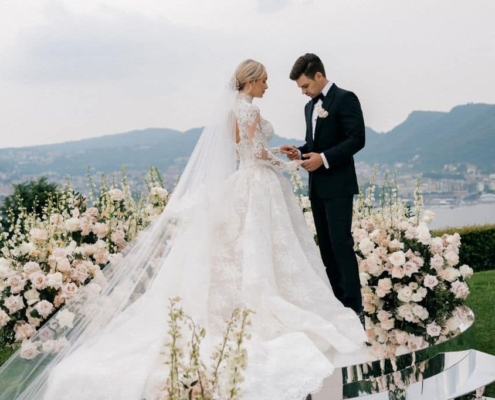 https://vb-events.com/wp-content/uploads/2024/11/Why-Italy-is-the-Best-Place-to-Get-Married-1.jpg
682
1024
VB Events
https://vb-events.com/wp-content/uploads/2025/02/vb-pink.png
VB Events2024-11-12 17:02:002025-05-05 10:15:12Why Italy is the Best Place to Get Married
https://vb-events.com/wp-content/uploads/2024/11/Why-Italy-is-the-Best-Place-to-Get-Married-1.jpg
682
1024
VB Events
https://vb-events.com/wp-content/uploads/2025/02/vb-pink.png
VB Events2024-11-12 17:02:002025-05-05 10:15:12Why Italy is the Best Place to Get Married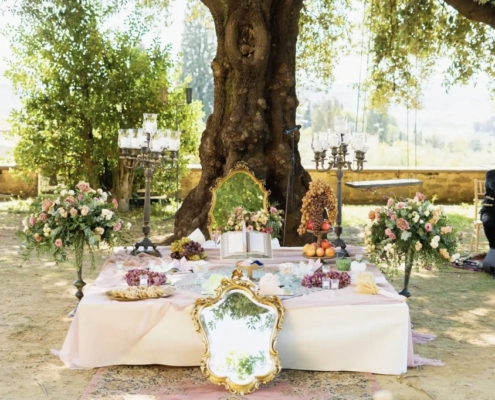 https://vb-events.com/wp-content/uploads/2024/09/Muslim-Wedding-Featured-Image.jpg
682
1024
VB Events
https://vb-events.com/wp-content/uploads/2025/02/vb-pink.png
VB Events2024-09-26 10:13:172025-05-05 10:15:12How to Easily Plan Your Luxury Muslim Wedding in Italy
https://vb-events.com/wp-content/uploads/2024/09/Muslim-Wedding-Featured-Image.jpg
682
1024
VB Events
https://vb-events.com/wp-content/uploads/2025/02/vb-pink.png
VB Events2024-09-26 10:13:172025-05-05 10:15:12How to Easily Plan Your Luxury Muslim Wedding in Italy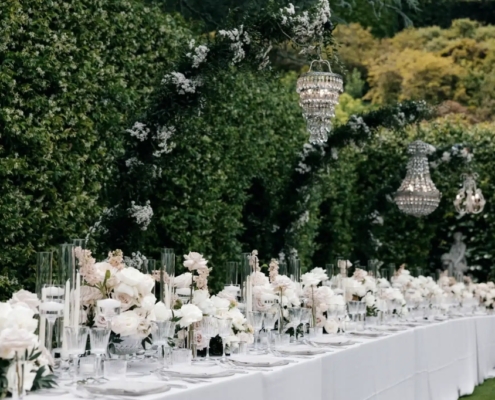 https://vb-events.com/wp-content/uploads/2024/09/Luxury-wedding-ideas.jpg
682
1024
VB Events
https://vb-events.com/wp-content/uploads/2025/02/vb-pink.png
VB Events2024-09-26 09:45:442025-05-05 10:15:12Luxury Wedding Ideas (and Inspirations) for an Unforgettable Day
https://vb-events.com/wp-content/uploads/2024/09/Luxury-wedding-ideas.jpg
682
1024
VB Events
https://vb-events.com/wp-content/uploads/2025/02/vb-pink.png
VB Events2024-09-26 09:45:442025-05-05 10:15:12Luxury Wedding Ideas (and Inspirations) for an Unforgettable Day https://vb-events.com/wp-content/uploads/2024/09/Italy-Honeymoon-Destinations.jpg
682
1024
VB Events
https://vb-events.com/wp-content/uploads/2025/02/vb-pink.png
VB Events2024-09-26 08:59:012025-05-05 10:15:12The Ultimate Guide to Choosing Your Dream Italy Honeymoon Destinations
https://vb-events.com/wp-content/uploads/2024/09/Italy-Honeymoon-Destinations.jpg
682
1024
VB Events
https://vb-events.com/wp-content/uploads/2025/02/vb-pink.png
VB Events2024-09-26 08:59:012025-05-05 10:15:12The Ultimate Guide to Choosing Your Dream Italy Honeymoon Destinations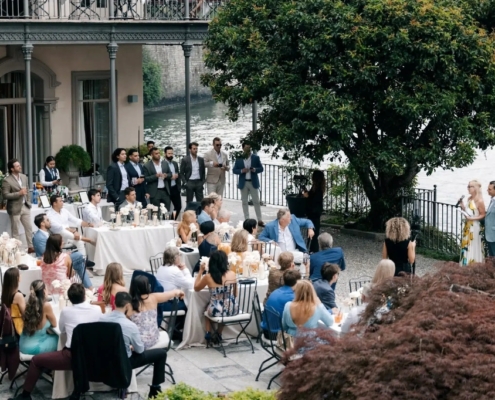 https://vb-events.com/wp-content/uploads/2024/09/Wedding-Rehearsal-Dinner.jpg
682
1024
VB Events
https://vb-events.com/wp-content/uploads/2025/02/vb-pink.png
VB Events2024-09-25 13:17:202025-05-05 10:15:12Wedding Rehearsal Dinner Questions Answered
https://vb-events.com/wp-content/uploads/2024/09/Wedding-Rehearsal-Dinner.jpg
682
1024
VB Events
https://vb-events.com/wp-content/uploads/2025/02/vb-pink.png
VB Events2024-09-25 13:17:202025-05-05 10:15:12Wedding Rehearsal Dinner Questions AnsweredSchedule a Consultation
Let’s Start Planning Your Dream Wedding
Schedule a consultation today and let us guide you through every detail of your dream wedding.

Contact
Valentina Boyer
Founder & Senior Executive Producer
Francesca Bertoli
Senior Producer & Designer
Martina Flori
Junior Producer & Social Media Manager




